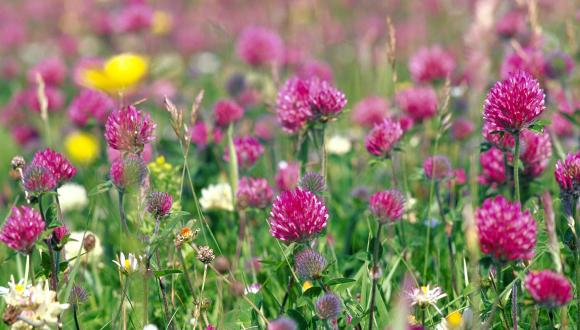Woodland habitats
Our native woodlands are one of the most characteristic elements of the Scottish landscape.
Scotland’s exciting range of woodland types occur in a variety of places, from the rocky shores of our coastline to the slopes of our high mountains. Our rich and diverse geology, soils, climate and topography define which woodland types grow where, and human activity over millennia has then shaped them.
Our upland oakwoods are a Scottish speciality. Thanks to the west’s mild, wet Atlantic climate, lush carpets of ferns and mosses thrive here, along with a unique range of associated species.
Atlantic hazel is found widely along Britain and Ireland’s west coasts. But the hazel only develops into Atlantic hazelwood, a habitat of high biodiversity, in very few places – and in Scotland especially.
Birchwood is our most widespread and extensive type of woodland, growing in large swathes on more acid, infertile upland soils.
Some of our wildest woodland areas are wet woods. Widespread across Scotland, they’re associated with wetlands, rivers and lochs.
Old, open-grown trees are the defining feature of wood pasture. Their sunlit canopies attract insects and other wildlife less suited to denser woodland.
Conservation priorities
Caledonian pinewoods, Scotland’s only native coniferous forests, have suffered centuries of decline. Some recovery has occurred, especially in Strathspey.
Ashwoods are among the richest habitats for wildlife in the uplands. But their distribution is very limited and the threat of ash dieback is a grave concern.
Montane scrub supports unusual plants and invertebrates and is an important foraging area. Grazing has caused this habitat to all but vanish from Scotland, however.
Find out more
Planning and development: trees and woodland





